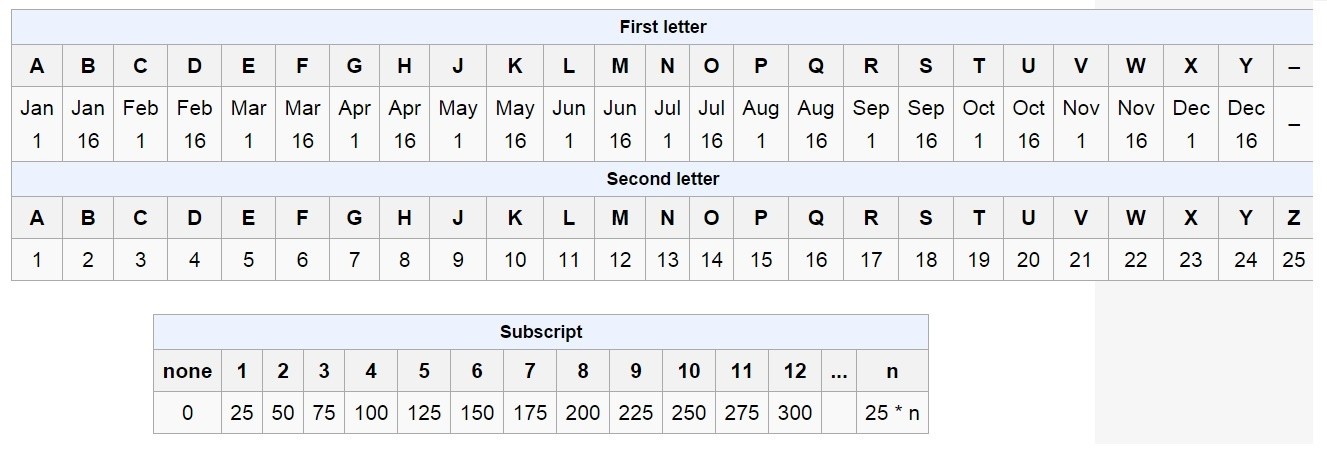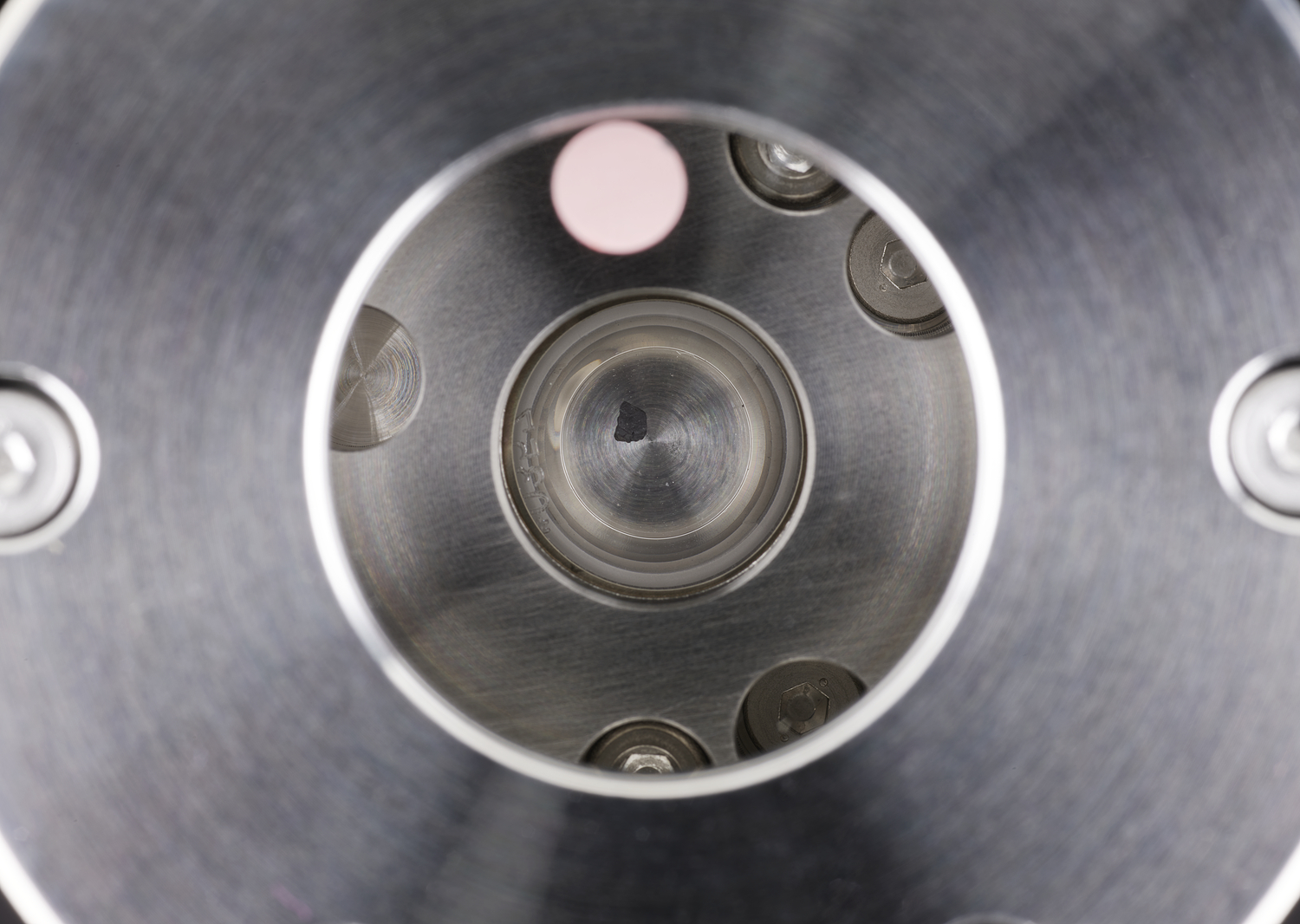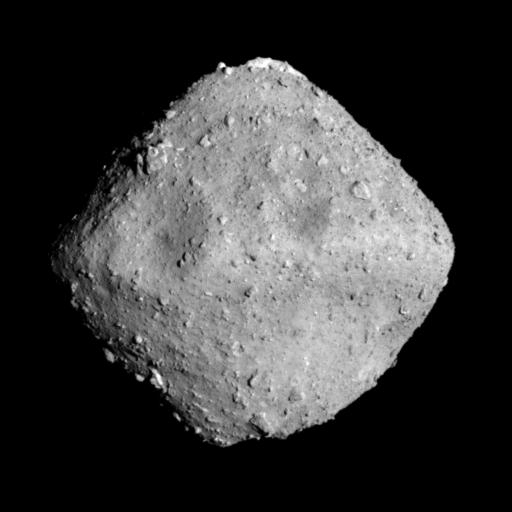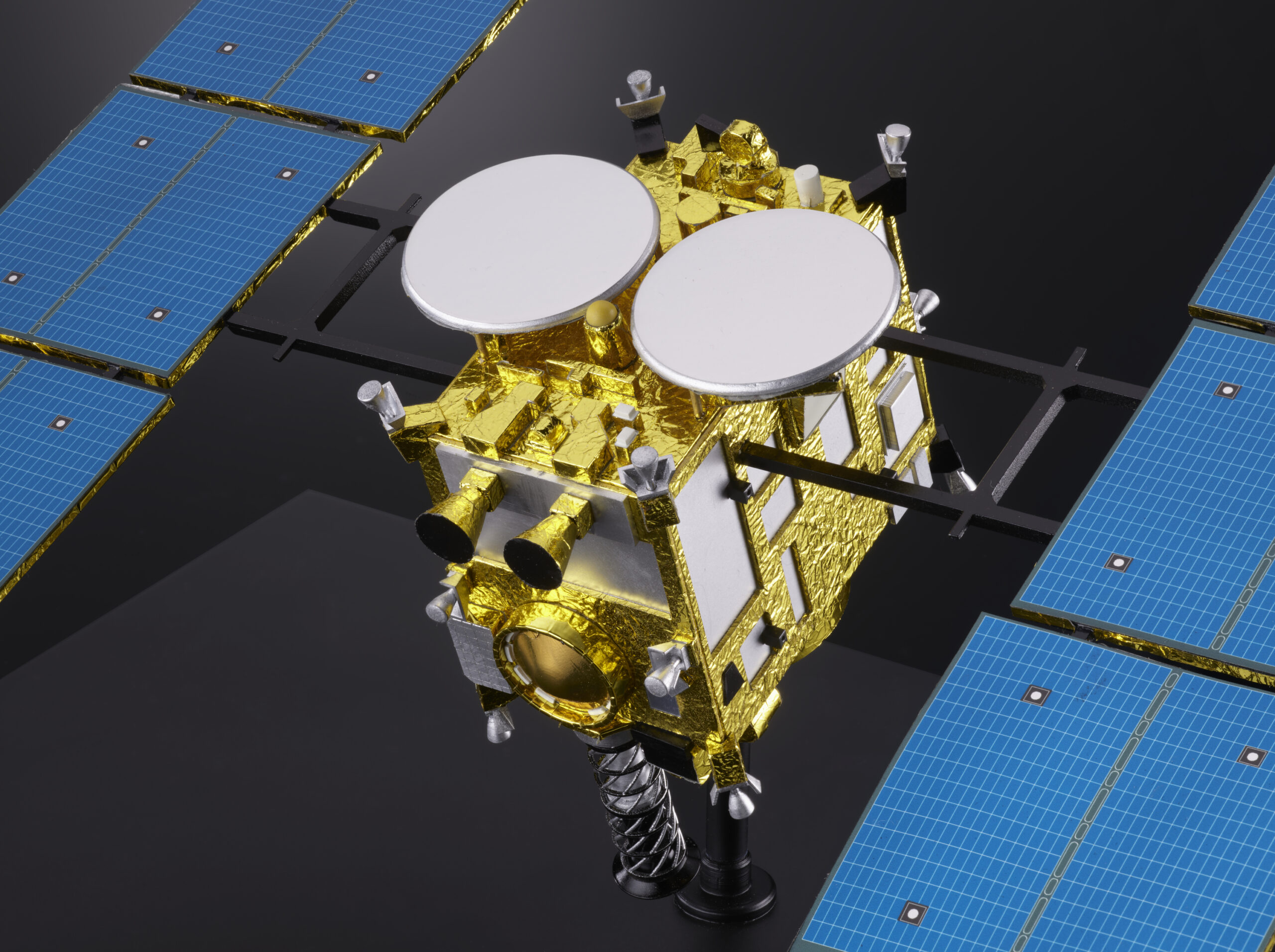Back in 2014, JAXA launched its asteroid explorer mission, Hayabusa2, with the aim of gathering evidence and data to better understand the origins of the Solar System. Critically, it is also testing and establishing deep space exploration technology. In June 2018, the Hayabusa2 spacecraft arrived at asteroid 162173, known as Ryugu.
Hayabusa2 put a lander and two small rovers onto Ryugu’s surface and collected samples which were returned to Earth in 2020. These are now being studied by scientists around the world, and one of the samples is currently on display at the Science Museum.
Hayabusa2 is heading back into deep space on its ‘Extension Mission’ where it will use the remainder of its fuel to head for a small asteroid with the temporary name ‘1998 KY26’, arriving in 2031. However, before it reaches its destination, it will flyby another asteroid called ‘2001 CC21’ in 2026. It will pass by this latter asteroid at the ultra-fast speed of 3 miles per second, getting as close as possible for its onboard cameras to observe it.
As the name clearly does not easily roll off the tongue, JAXA has launched a campaign to name asteroid 2001 CC21, giving anyone the chance to pick its name.
BUT HOW DO ASTEROIDS GET THEIR NAMES?
The first asteroid ever discovered was Ceres on 1 January 1801 by Italian priest, mathematician, and astronomer Giuseppe Piazzi. Ceres is now classified as a dwarf planet rather than an asteroid.
Just like the planets of our solar system, the first asteroids were named from classical mythology: Ceres is the Roman goddess of corn and harvests. German physician and astronomer Heinrich Olbers discovered the next two – Pallas in 1802 and Vesta in 1807, both named after Greek and Roman goddesses.
Now, asteroids can be named after anything, so long as it is not offensive or connected with recent political or military activity. The naming of asteroids and other celestial bodies and surface features is approved by a committee from International Astronomical Union (IAU).
Names can only be given to asteroids once they have been observed long enough to calculate their orbit. This can take a surprisingly long time! Until then, asteroids are given a temporary name or designation, which is the year of discovery, followed by two letters and two numbers, if needed.
The letters refer to the ‘half-month’ of discovery (A is January 1-15, B is January 16-31, and so on) and the second letter indicates the sequence of discovery from A=1 – Z=25. The letter ‘I’ is the only letter not used in the sequence to avoid confusion with the number ‘1’.
For example, take an imaginary asteroid that was discovered in early January 2017 and initially had the provisional name or designation ‘2017 AC’, in which the first letter (A) signifies that it was discovered during the period January 1-15 and the second letter (C) shows that it was the third discovery during that period.
This lettering system imposes a limit of 25 discoveries in each half of the month, but thanks to an increase in the number of observatories and astronomers over recent decades, 25 is not a sufficiently high enough number to name all discoveries.
A letter plus a numerical subscript that is incremented every 25 discoveries is now used to indicate further asteroids found during that half of the month. This means that asteroid 2001 CC21 was discovered in 2001, in early February (C), and was the 3+(25 x 21) or 528th asteroid discovered in the first half of the month. So there are a lot of asteroids out there!

Once the orbit is established, it is given a specific number in sequence and the discoverer gets to choose a name. Rather than sticking to classical myths, new asteroids can take their names from stories from across the world.
For example, the Ryugu asteroid is named after a Japanese folk tale. In this story, the ryūjin, or dragon king, lives in the sea, controlling the tides and the weather. The main character of the story brings back a treasure from the dragon’s palace, called Ryūgū-jō. Just like the hero of the folk tale, the spacecraft has brought back a ‘treasure’ from far away: samples from asteroid Ryugu, which is named after the palace.
This time, JAXA is letting the public decide what the name of asteroid 2001 CC21 should be: a naming campaign is currently live on their website, where people can submit name proposals. You have until 9 May 2024 to share your suggestions for your chance to name this asteroid.

While waiting for JAXA’s spacecraft to flyby this yet-to-be-named asteroid, you can see a sample from asteroid Ryugu, brought back by the Hayabusa2 mission, as well as a scale model of the robotic spacecraft which transported it in the Exploring Space gallery at the Science Museum. Book your free admission ticket now.

